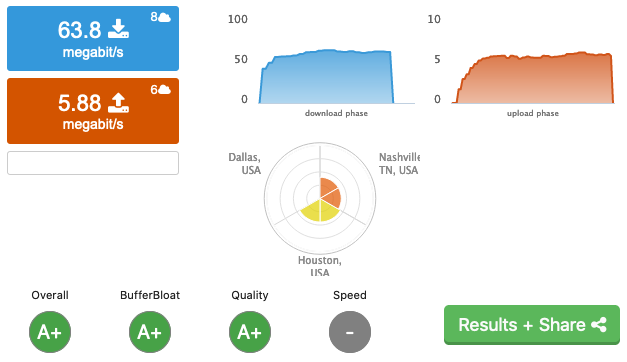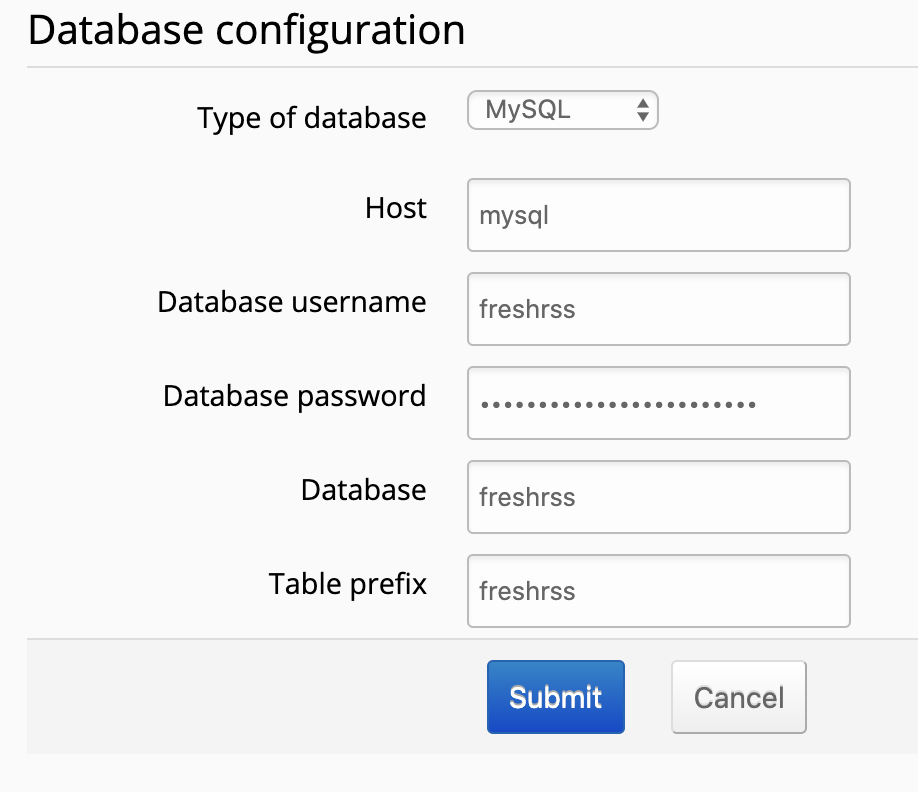
When we upgraded to cable internet, we had 30/5 service. At the time this was a nice upgrade from the fastest DSL we could get at our house.
In general, that was plenty. There were of course occasions when Netflix would load slowly, but this was almost always something you could attribute to the internet being poor as a whole vs. the lack of speed. Even web conferences with video were pretty good.
During COVID19 lockdown and many more people working from home, we’ve managed so far with 30/5 – but there have been some issues. Pulling bits down was always pretty ok, but pushing them up was sometimes a challenge. The different web meeting software is quite different in how it handles poor connections. Zoom is one of the better ones, Jitsi tends to really eat up the bits and WebEx is somewhere in the middle.
Teksavvy offers a no-cost upgrade (or downgrade) path for your cable plan. It was a very simple to switch my service speed via the self service portal, which created a change request ticket. They said 48hrs, but the work was done very quickly (within the hour).
I’m getting pretty solid speed tests. My old go-to dslreports has been pretty cranky lately, giving me plenty of time out errors when trying to test. I have started to look at fast.com as an alternative. Still dslreports is one of the few that gives you a bufferbloat rating, something that is important if you want VOIP or any sort of interactive activity to go smoothly.
If you haven’t read up about bufferbloat, it’s worth learning a little about. The short story is that you want to make sure that your home networking equipment (router, etc) has some form of QoS to help make sure that not only are you getting ‘fast’ internet, but responsive internet. It will make all the difference, at any speed. There are certainly people out there with 150Mbps internet who have terrible lag, that’s not a happy place and it’s something you can fix with a little bit of learning – and the right hardware.
In any case – the ~$10 price increase has doubled performance of our internet connection (75/10 plan). This still means we are lagging behind the average, but it’s pretty good. Before I go chasing more ISP speed, I’ll be looking more closely at network / wifi infrastructure I have set up.


